Brief facts
The "World of the Four Great Kings": east, Dhatarattha, king of gandhabbas; south, Virulhaka, king of kumbhandas; west, Virupakkha, king of nagas; north, Vessuvana, king of yakkhas. Three Groups of Devas in this realm: Bhummattha Devas (earthbound demigods) who dwell in nature. Rukkhattha (tree-bound demigods) who reside in mansions above trees or are otherwise associated with trees [e.g., dryads]. Akasattha Devas (space-bound demigods, who have vimanas, which are flying craft and other lofty platforms). The average lifespan is 500 celestial years (9,000,000 human years, 1 celestial day being 50 years). Source
The Four Great Kings (Catu-maha-rajika) appear to have been regarded as recorders of the happenings in the assemblies of the devas (D.ii.225). On the eighth day of the lunar half-month, they send their councillors out into the human world to discover if men cultivate righteousness and virtue.
 On the 14th day they send their sons. On the 15th day they themselves appear in the world. All these visits have the same purpose. Thereafter, at the assembly of the devas, they report their findings to the devas of Tāvatimsa, who rejoice or lament according to whether humans prosper in virtue not (A.i.142f.; AA.i.376f).
On the 14th day they send their sons. On the 15th day they themselves appear in the world. All these visits have the same purpose. Thereafter, at the assembly of the devas, they report their findings to the devas of Tāvatimsa, who rejoice or lament according to whether humans prosper in virtue not (A.i.142f.; AA.i.376f).These Four Great Rulers surpass the other inhabitants of their respective worlds in ten ways -- beauty, length of life, and so on -- because their merit is greater than that of the others there (A.iv.242).
 Besides these Regent "Gods" and their followers, other types of beings dwell in these worlds: the Khiddāpadosikā, the Manopadosikā, the Sitavalāhakā, the Unhavalāhakā, and the devaputras ("sons of god") Candima and Suriya (VibhA.519; MNidA.108).
Besides these Regent "Gods" and their followers, other types of beings dwell in these worlds: the Khiddāpadosikā, the Manopadosikā, the Sitavalāhakā, the Unhavalāhakā, and the devaputras ("sons of god") Candima and Suriya (VibhA.519; MNidA.108).Life in the Cātummahārājikā world lasts, by human reckoning, ninety-thousand years (DA.ii.472, 647, but see Kvu.207). Beings are reborn there as a result of various wholesome acts (kusala) and confidence (saddha) which, however, are based on not very exalted motives (A.iv.60).
The Cātummahārājikā world is situated halfway up Mount Sineru -- or, as a sphere, a distance from the earth's surface equivalent to that height. Some of the devas of that world dwell on Sineru, others in the sky.
- More on godlings, see Moulton: Zoroastrianism 22-7, 242.
SOURCES: Text, palikanon.com, images: pbase.com, dmc.tv























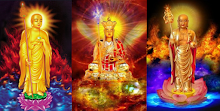



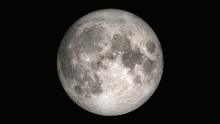















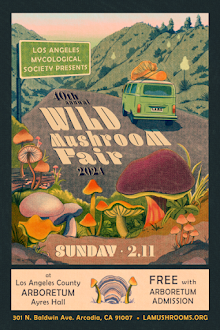

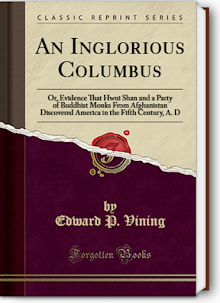


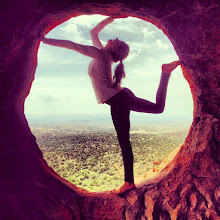
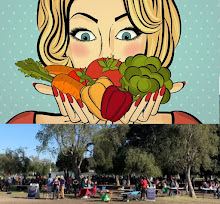


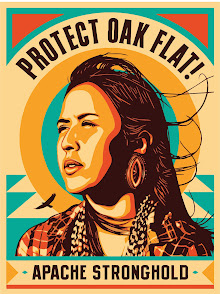






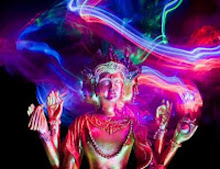


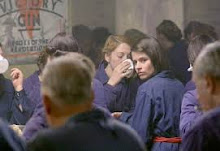






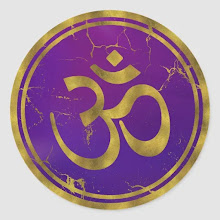
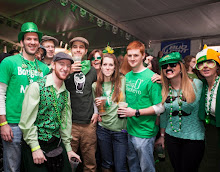




















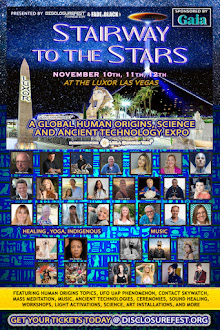









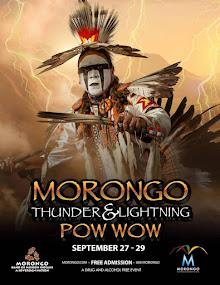
















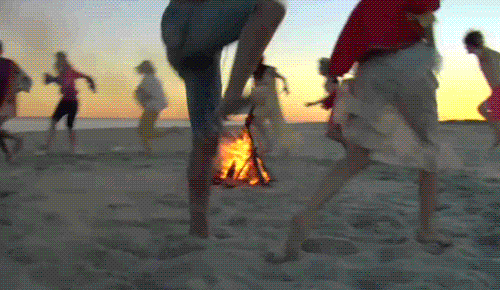





























































































































No comments:
Post a Comment